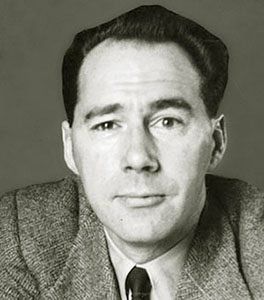
John Wyndham Parkes Lucas Beynon Harris was an English science fiction writer best known for his works published under the pen name John Wyndham, although he also used other combinations of his names, such as John Beynon and Lucas Parkes. Some of his works were set in post-apocalyptic landscapes. His best known works include The Day of the Triffids (1951), filmed in 1962, and The Midwich Cuckoos (1957), which was filmed in 1960 as Village of the Damned, in 1995 under the same title, and again in 2022 in Sky Max under its original title.

Mars, the fourth planet from the Sun, has appeared as a setting in works of fiction since at least the mid-1600s. Trends in the planet's portrayal have largely been influenced by advances in planetary science. It became the most popular celestial object in fiction in the late 1800s, when it became clear that there was no life on the Moon. The predominant genre depicting Mars at the time was utopian fiction. Around the same time, the mistaken belief that there are canals on Mars emerged and made its way into fiction, popularized by Percival Lowell's speculations of an ancient civilization having constructed them. The War of the Worlds, H. G. Wells's novel about an alien invasion of Earth by sinister Martians, was published in 1897 and went on to have a major influence on the science fiction genre.
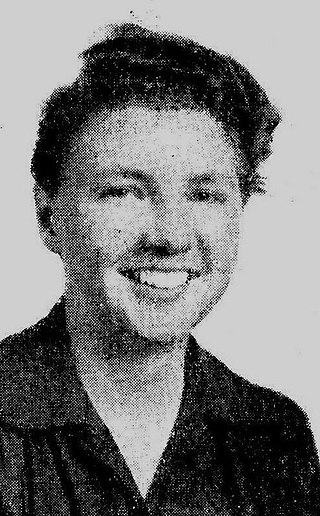
Leigh Douglass Brackett was an American science fiction writer known as "the Queen of Space Opera." She was also a screenwriter, known for The Big Sleep (1946), Rio Bravo (1959), and The Long Goodbye (1973). She worked on an early draft of The Empire Strikes Back (1980), elements of which remained in the film; she died before it went into production. In 1956, her book The Long Tomorrow made her the first woman ever shortlisted for the Hugo Award for Best Novel, and, along with C. L. Moore, one of the first two women ever nominated for a Hugo Award. In 2020, she posthumously won a Retro Hugo for her novel The Nemesis From Terra, originally published as Shadow Over Mars.

It! The Terror from Beyond Space is an independently made 1958 American science fiction horror film, produced by Robert Kent, directed by Edward L. Cahn, that stars Marshall Thompson, Shawn Smith, and Kim Spalding. The film was distributed by United Artists as a double feature with Curse of the Faceless Man.
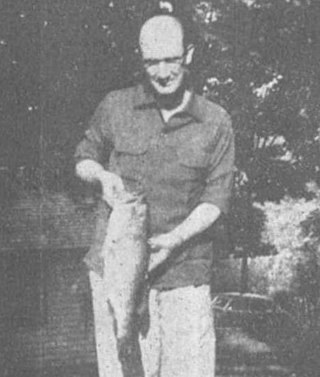
Paul Warren Fairman (1909–1977) was an editor and writer in a variety of genres under his own name and under pseudonyms. His detective story "Late Rain" was published in the February 1947 issue of Mammoth Detective. He published his story "No Teeth for the Tiger" in the February 1950 issue of Amazing Stories. Two years later, he was the founding editor of If, but only edited four issues. In 1955, he became the editor of Amazing Stories and Fantastic. He held that dual position until 1958. His science fiction short stories "Deadly City" and "The Cosmic Frame" were made into motion pictures.

Sleepers of Mars is a collection of five early stories by British writer John Wyndham, as by John Beynon Harris, published after his death, in 1973 by Coronet Books.
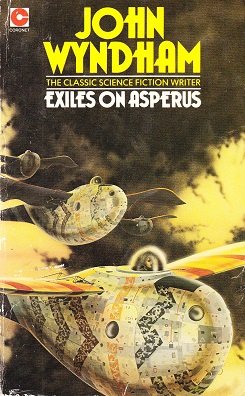
Exiles on Asperus is a collection of three science fiction novelettes/novellas by British writer John Wyndham, writing as John Beynon, published in 1979 after his death by Coronet Books.

Jizzle (ISBN 0-234-77645-5) is a collection of science-fiction thirteen short stories and two novelettes by John Wyndham, published in 1954.

The Outward Urge is a science fiction fix-up novel by British writer John Wyndham. It was originally published with four chapters in 1959. A fifth chapter, originally published in 1961 as the separate short story "The Emptiness of Space", was included in later versions.
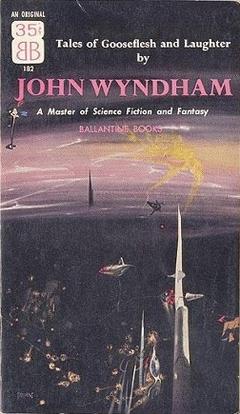
Tales of Gooseflesh and Laughter is a collection of eleven science fiction stories by British writer John Wyndham, published in 1956 by Ballantine Books.
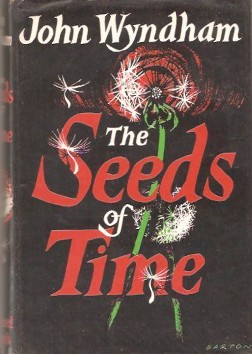
The Seeds of Time is a collection of science fiction stories by British writer John Wyndham, published in 1956 by Michael Joseph. The title is presumably from Macbeth, Act I Scene III.

Many works of fiction have featured UFOs. In most cases, as the fictional story progresses, the Earth is being invaded by hostile alien forces from outer space, usually from Mars, as depicted in early science fiction, or the people are being destroyed by alien forces, as depicted in the film Independence Day. Some fictional UFO encounters may be based on real UFO reports, such as Night Skies. Night Skies is based on the 1997 Phoenix UFO Incident.

No Place Like Earth (ISBN 978-0-9740589-0-0) is a collection of science fiction stories by British writer John Wyndham, published in July 2003 by Darkside Press.
"Loophole" is a science fiction short story by British writer Arthur C. Clarke, first published in 1946 in the magazine Astounding Science Fiction. It was subsequently published as part of a short story collection in A Treasury of Science Fiction (Groff Conklin, 1948 and Expedition to Earth in 1953.

Wanderers Of Time is a collection of five science fiction stories by John Wyndham, published in Coronet Books in 1973. The stories were early works, originally published in magazines in the 1930s and written under the name of John Beynon.
"Allan and the Sundered Veil" is a six-part horror comic story written in the style of a boy's periodical by Alan Moore and illustrated by Kevin O'Neill, included at the back of each issue of The League of Extraordinary Gentlemen, Volume I and collected at the back of that volume. It serves as a prequel to the comic.

The Asimov Chronicles: Fifty Years of Isaac Asimov is a collection of forty eight short science fiction and mystery stories and two science essays by American writer Isaac Asimov, published by Dark Harvest in May 1989.

The Starlit Corridor is a 1967 science fiction anthology edited by Roger Mansfield. It was published by Pergamon Press.
Depending on the counting convention used, and including all titles, charts, and edited collections, there may be currently over 500 books in Isaac Asimov's bibliography—as well as his individual short stories, individual essays, and criticism. For his 100th, 200th, and 300th books, Asimov published Opus 100 (1969), Opus 200 (1979), and Opus 300 (1984), celebrating his writing.
















